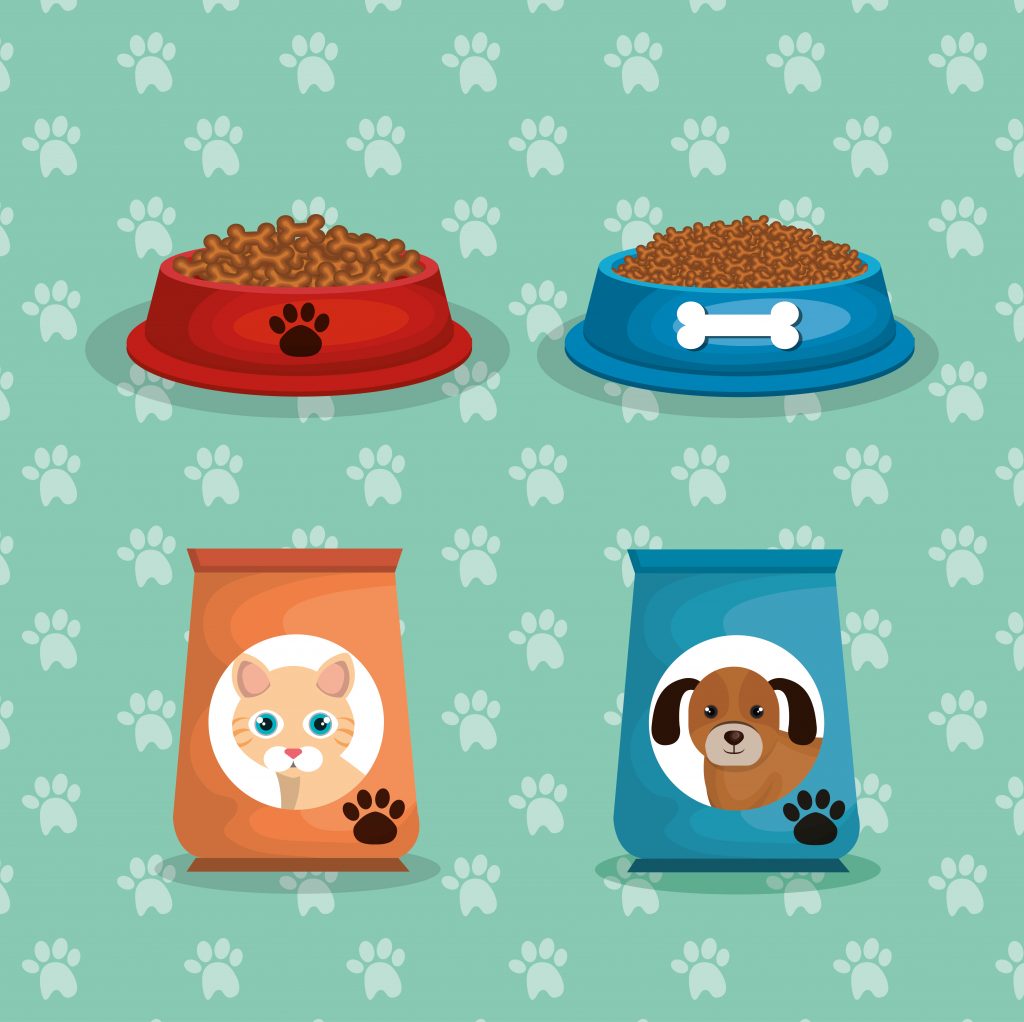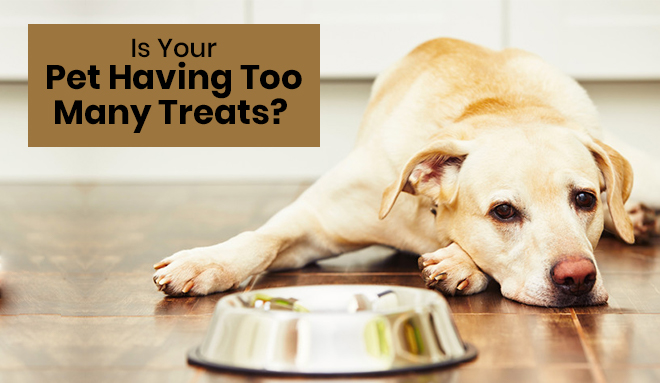You must have seen your pet jumping with excitement when you reward them with a treat for good behaviour. Not different from we ‘people’, your pets also like to be rewarded with treats when they do something good. But, have you ever wondered what the safe limit is of treats for pets? Instead of bringing joy, too much of the treats can unbalance their diet and can affect the pet health adversely. That is why, it is important to determine the right quantity to feed your pup or kitty with her favourite treats.
How do we do that? These tips may help-
Do not keep the pet nutrition behind:
Our furry friends will need proper nutrition to grow and stay healthy. However heavy on calories, treats cannot be a complete solution for the pet health.
The first step is to find out the daily calorie needs of your pooch. Your pet’s nutritional needs will depend on their age, gender, weight, activity schedule, and medical condition if any. Consult your veterinarian for deciding the proper requirements for pet nutrition.

Keeping a fine balance between home-cooked human treats and the ready to serve dog treats or cat treats is also necessary. As much as you enjoy cooking for your pet, the high-on-salt and sugar human treats may fit our table but, can be toxic for our pup.
Adding healthy treats that include carrots, cooked beans, fresh berries, bananas, apples, air-popped popcorn to your pet’s food will also help. However, keep in mind the allergic reactions your pet might have shown to any of these foods in the past before you serve them.
Set a daily limit:
Veterinarians across the globe suggest to limit the treats for pets to 10% of their total daily calorie needs. So the next question can be, whether this 10% will be in addition to the pet’s daily diet or it should be included in the daily diet, so that it does not make negative impact on the overall pet health. Let us take an example:
Say your pup or kitty needs 1000 calories per day. Then, the treat that has 100 calories or multiple treats that add up to 100 calories in total can be served to her maximum in a day.
So, it is always advisable to subtract the treat calories from the daily food intake of the pet. Reading the calorie content on the dry dog food or wet dog food or the cat food that you serve to your pet daily will help in making sure that you do not end up overfeeding them.
One thing to consider here is the nomenclature generally used in the pet food for the calorie count. Technically, 1 ‘Calorie’ is 1000 ‘calories’ and 1 ‘kcal’ is 1 ‘Calorie’. This means, 1 kcal is equal to 1000 calories. But, pet food producers generally use kcal and calories interchangeably.
So, do not get confused if you see 35 kcal per cup written on any dry dog food or wet dog food packs. It means 35 calories only and not 35000 calories.
Use for training, but with caution:
It is understood that pets obey and learn easily if given the temptation of a delicious treat in return. And you also want to reward them when they show appropriate behaviour.
There are various dog treats and cat treats available that can be used for training. But be careful while using them, as too many treats for pets can lead to dietary imbalance and some unwanted behavioural patterns. It can also have negative impact on overall pet nutrition needs.
Keeping the treat small in size helps. This way the calorie intake per treat can be restricted, and your pet can finish it and return to the training quickly. You can also toss the treat. Your pet will burn the calories while chasing it and will enjoy it too.
Include the low calorie healthy treats and also the readily available treats containing the veggies. Using your pet’s regular food and keeping it in the treat packet also helps. This way, she will feel that you are giving her a treat, but she will be eating her meal only.
If the dog treats or cat treats are used too frequently, the pet can show disobedient behaviour too and may not follow commands or show aggression if you do not give them a treat in return. So, keeping the count of treats in check helps.
To conclude:
It is a joy to see your pet happy when served with a treat. However, too many treats can jeopardise their health and behaviour. Keeping the count and type of treat in check will help in maintaining a well-balanced diet and good training rewards for your pup or kitty.


